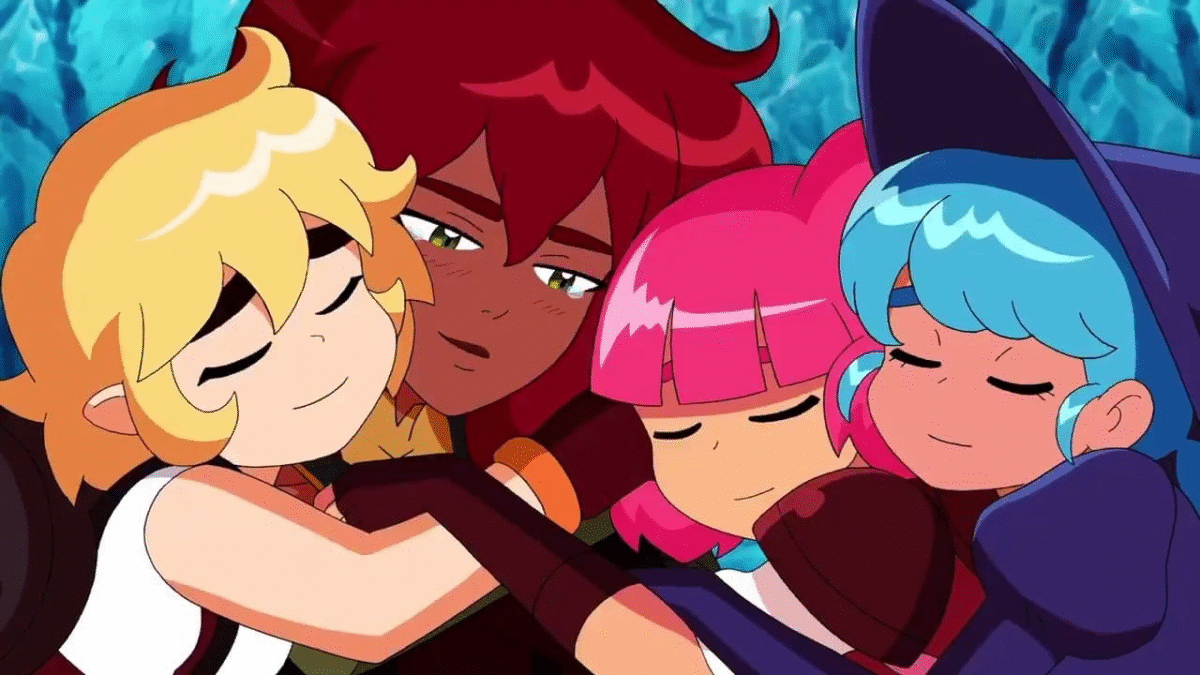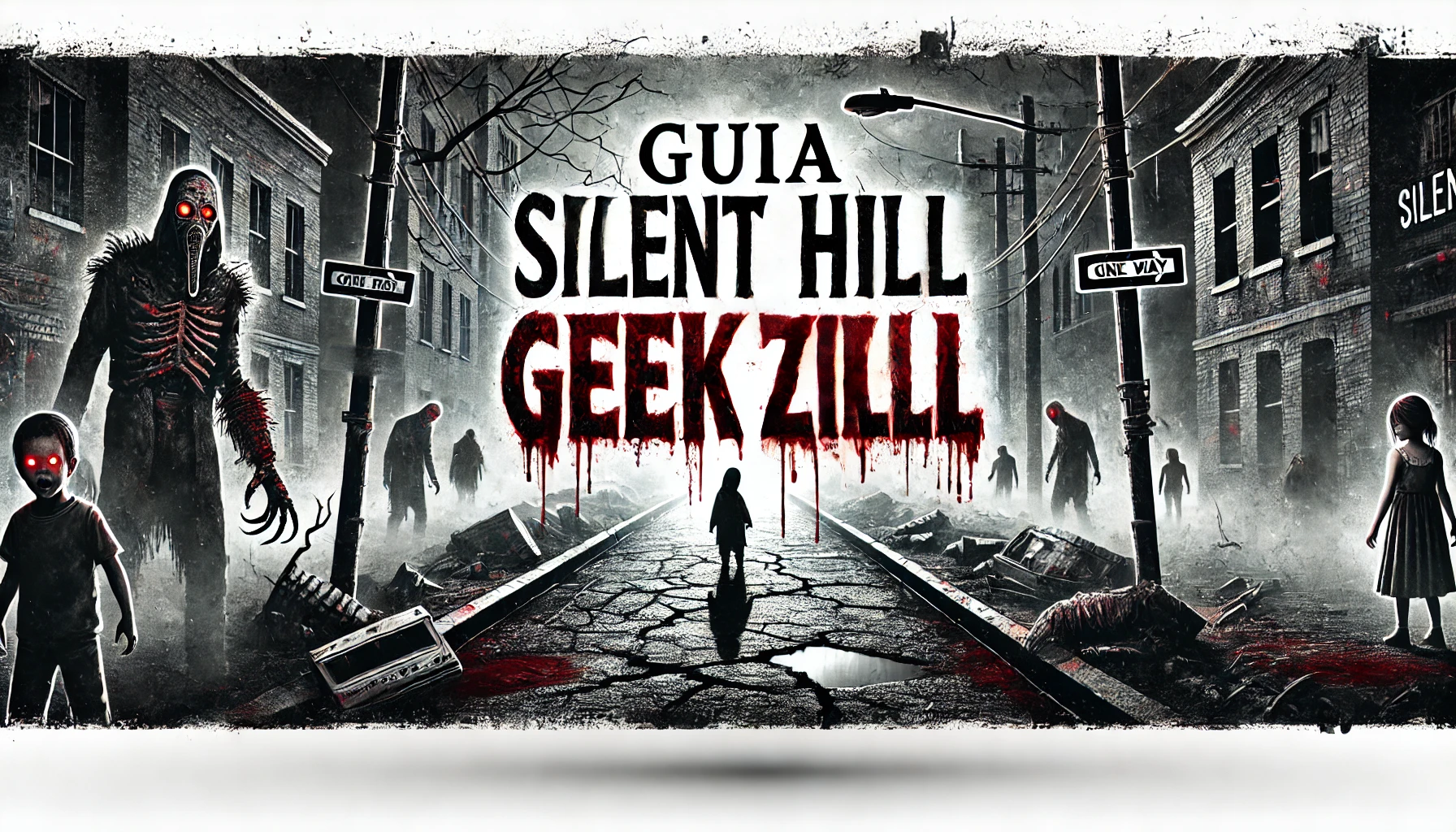High Guardian Spice When Crunchyroll announced their first original anime series back in 2017, expectations were sky-high. The streaming giant had built its reputation on delivering the best Japanese anime to Western audiences, so naturally, fans were curious about what their take on original animation would look like. Enter High Guardian Spice – a magical girl anime that sparked more debate than perhaps any other series in recent memory.
High Guardian Spice premiered in October 2021 after years of development and anticipation. Created by Raye Rodriguez, the series follows four friends attending a magical academy where they train to become protectors of their realm. While the premise sounds familiar to anyone who’s watched anime, the execution and Western animation style made it stand out – for better or worse, depending on who you ask.
The show’s journey from announcement to release was anything but smooth. Originally slated for a much earlier debut, production delays and behind-the-scenes challenges pushed the premiere back several years. This extended development cycle only intensified fan scrutiny and set impossibly high expectations for what would ultimately become a polarizing entry in Crunchyroll’s original content catalog.
The Story and World Building
High Guardian Spice takes place in a fantasy world where magic is real and dangerous creatures threaten the peace of various kingdoms. The story centers around Rosemary, a determined young woman who enrolls at High Guardian Spice Academy alongside her best friend Sage. The academy serves as a training ground for future Guardians – elite magical warriors tasked with protecting their world from supernatural threats.
What sets the series apart from typical magical academy shows is its focus on environmental themes and social issues. The world of High Guardian Spice deals with industrialization threatening natural magic, corrupt institutions, and the struggle between tradition and progress. These themes are woven throughout the narrative, though sometimes with varying degrees of subtlety. The show doesn’t shy away from addressing real-world parallels, which adds depth but also contributes to some of the controversy surrounding it.
The magic system in High Guardian Spice is herb-based, with students learning to harness the power of different plants and spices. This botanical approach to magic feels fresh and gives the series a unique identity within the crowded magical girl genre. Each character specializes in different aspects of this system, from healing herbs to combat-focused applications, creating interesting dynamics during both training sequences and actual battles.
The world-building extends beyond just the academy, exploring various kingdoms and their relationships with each other. Political intrigue plays a significant role in later episodes, as students discover that their protected academic environment doesn’t shield them from the larger conflicts brewing in their world. This gradual expansion of scope helps the series grow beyond its initial school setting into something more ambitious.
Character Development and Relationships

The heart of High Guardian Spice lies in its character relationships, particularly the friendship between the four main protagonists. Rosemary serves as the determined leader type, while Sage brings a more cautious and studious perspective. Thyme adds comic relief and loyalty to the group, and Parsley rounds out the team with her artistic sensibilities and unique magical abilities.
One aspect that generated significant discussion was the series’ approach to LGBTQ+ representation. The show features openly queer characters and relationships, which was groundbreaking for anime-style animation on a major streaming platform. While this representation was praised by many viewers who felt seen and validated, it also attracted criticism from more conservative anime fans who felt it departed too far from traditional anime storytelling conventions.
The character development throughout the series is uneven but shows genuine effort. Rosemary’s journey from eager student to understanding the complexities of being a Guardian provides the main character arc. Her relationship with her mother, who was also a Guardian, adds emotional depth and helps explain her motivations. The series takes time to explore each main character’s background and personal struggles, though some secondary characters feel underdeveloped.
Romantic relationships in the series are handled with varying degrees of success. The show attempts to balance multiple romantic subplots while maintaining focus on friendship and personal growth. Some relationships feel organic and well-developed, while others seem rushed or forced. The series deserves credit for attempting to show diverse relationship dynamics, even if the execution doesn’t always hit the mark.
Animation Style and Production Quality
Perhaps the most immediately noticeable aspect of High Guardian Spice is its animation style, which draws heavily from Western animation traditions rather than traditional anime aesthetics. This choice was deliberate but controversial, as many fans expected something that looked more conventionally “anime” from a platform built on Japanese animation.
The character designs feature rounded faces, simplified features, and a color palette that’s bright and saturated. This style works well for comedic moments and gives the series a distinctive look, but it can feel jarring for viewers expecting traditional anime art styles. The animation quality is generally solid, with fluid character movement and well-choreographed action sequences, though it doesn’t reach the heights of premium anime productions.
Background art and world design show considerable effort and creativity. The High Guardian Spice Academy itself is beautifully designed, with magical elements integrated naturally into the architecture. The various magical environments and kingdoms each have their own distinct visual identity, helping to create a believable fantasy world. The attention to detail in background elements often surpasses the character animation quality.
The series faced production challenges that occasionally show in the final product. Some episodes have more polished animation than others, and there are moments where the limited budget becomes apparent. However, the production team made smart choices about where to focus their resources, ensuring that important emotional moments and action sequences received proper attention.
Cultural Impact and Reception
High Guardian Spice’s reception was decidedly mixed, creating one of the most polarized responses to an original anime series in recent memory. Supporters praised its representation, environmental themes, and attempt to bring fresh perspectives to anime-style storytelling. Critics, however, found fault with everything from the animation style to the writing quality, and some harbored resentment about Crunchyroll investing in original content rather than licensing more Japanese anime.
The series became a lightning rod for broader debates about what constitutes “real anime” and whether Western-produced animation could be considered part of the anime medium. These discussions often overshadowed actual critiques of the show’s storytelling and production values, making it difficult to have objective conversations about the series’ merits and flaws.
Social media response was particularly intense, with hashtags both supporting and criticizing the series trending during its run. The show’s handling of LGBTQ+ themes attracted both praise from representation advocates and backlash from more traditional anime fans. This polarization meant that High Guardian Spice rarely received neutral coverage – people either defended it passionately or dismissed it entirely.
Despite the mixed reception, High Guardian Spice succeeded in starting important conversations about diversity in animation, the future of original content from streaming platforms, and what audiences expect from anime-style productions. Whether you loved it or hated it, the series undeniably left an impact on the anime community and influenced discussions about the medium’s future direction.
Final Thoughts on High Guardian Spice’s Legacy
Looking back at High Guardian Spice with some distance from its controversial debut, it’s easier to appreciate what the series attempted to accomplish, even if it didn’t always succeed. The show represented Crunchyroll’s ambitious first step into original animation production, complete with all the growing pains that such ventures typically experience.
The series deserves recognition for its genuine attempt to bring new perspectives to anime-style storytelling. While the execution was sometimes clunky, the environmental themes, LGBTQ+ representation, and focus on friendship over romance offered something different in a medium that can sometimes feel formulaic. The botanical magic system and world-building showed creativity and originality that shouldn’t be dismissed simply because of production limitations or cultural controversies.
High Guardian Spice also serves as an important case study for streaming platforms looking to create original animated content. The series demonstrated both the potential and the pitfalls of trying to create anime-style content outside of Japan’s traditional production system. Future projects can learn from both its successes and its shortcomings.
Ultimately, High Guardian Spice may be remembered more for the conversations it sparked than for the story it told. In an era where anime is becoming increasingly global and diverse, the series stands as an early example of Western attempts to contribute to the medium. Whether it succeeded or failed depends largely on your perspective, but its willingness to take risks and challenge conventions deserves acknowledgment, even from those who didn’t enjoy the final product.





